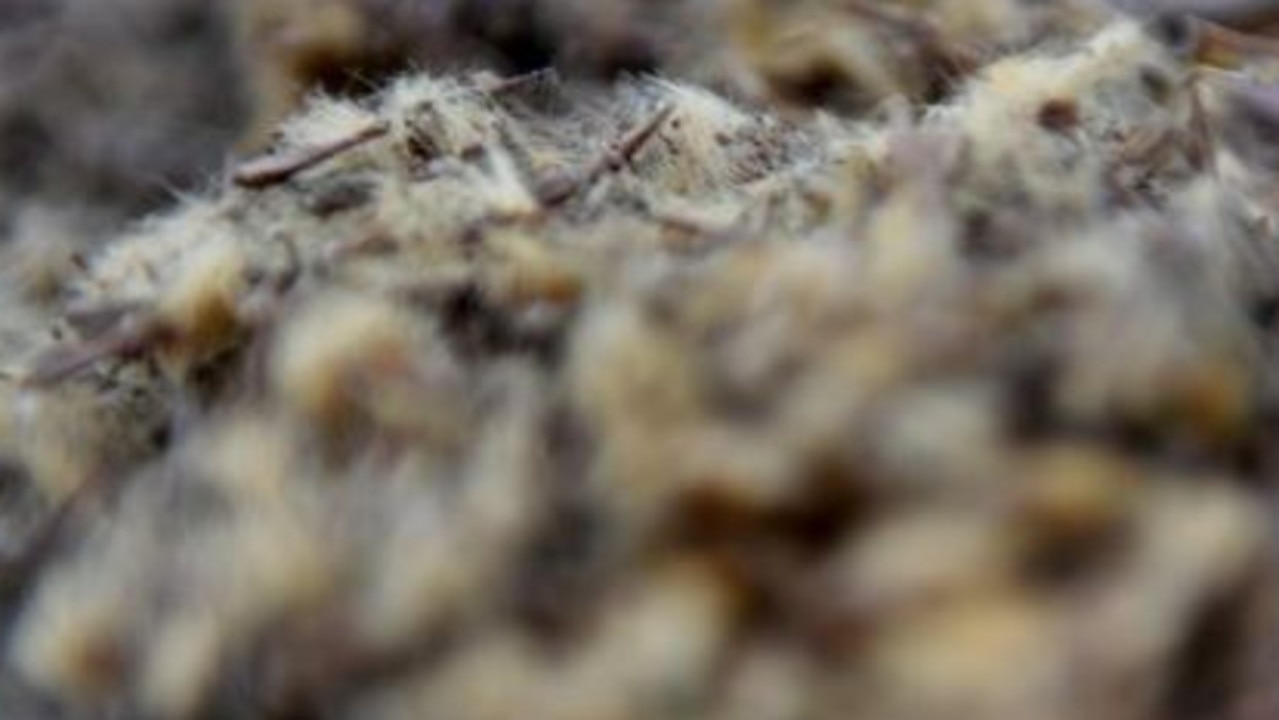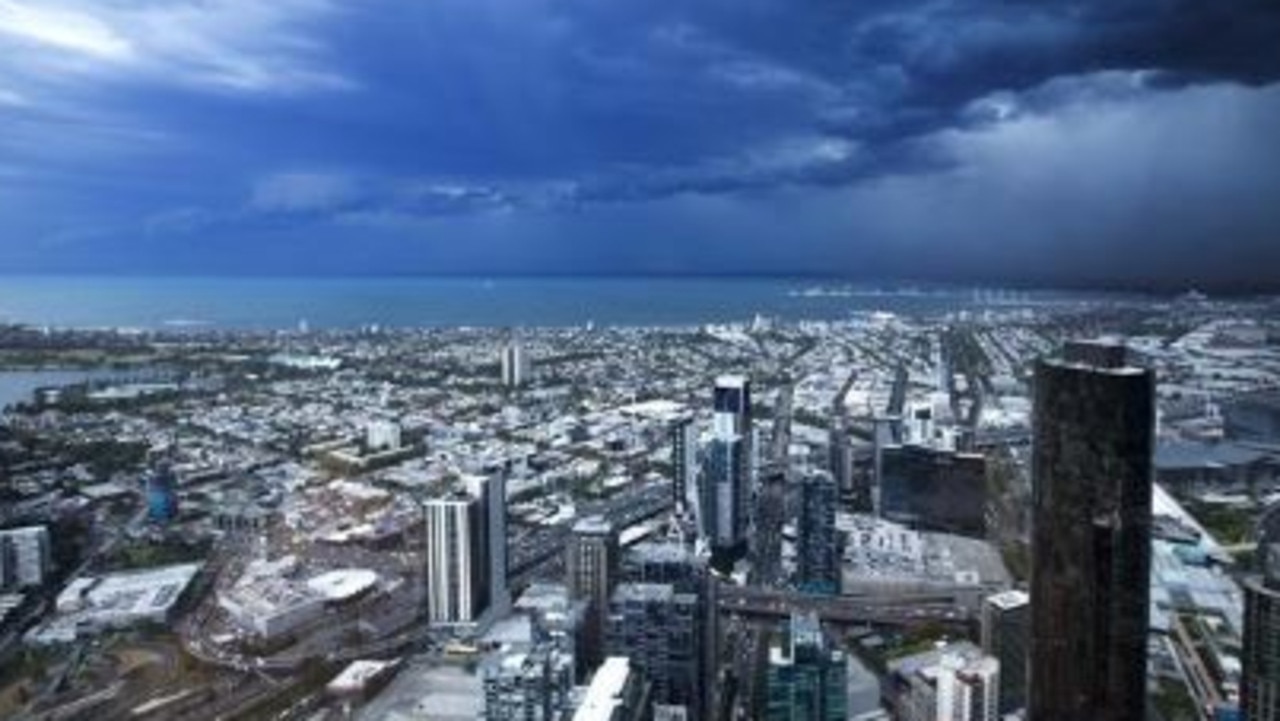Warning to Australians about deadly thunderstorm asthma after student died
Hope Carneveli, 20, had no idea she was walking into a freak storm that would suddenly kill her. Now other Aussies are being warned.
Hope Carneveli had no idea she was walking into a freak storm that would kill her.
The 20-year-old was among nine other Victorian men and women who suddenly lost their lives in 2016 to thunderstorm asthma.
What some people may not realise is that the weather conditions in October to December can turn fatal for those living in Queensland, New South Wales, Victoria and the ACT.
It is during those months when thunderstorm asthma can occur which is a deadly combination of warm weather, a high pollen count and stormy conditions.
It is triggered by a particular type of thunderstorm when there is high amounts of grass pollen in the air.
The rain causes pollen fibres to rupture into tiny pieces and if caught in small airways of your lungs, can have life-threatening affects.
Some people will suddenly experience wheezing, shortness of breath and a tightness in the chest when coughing.
RELATED: 10 Victorians who died from thunderstorm asthma

The people most at risk of thunderstorm asthma are people with allergies or people with asthma already.
Four years ago, thunderstorm asthma claimed the lives of seven men and three women from Melbourne, including law student Hope Carneveli and 18-year-old Omar Moujalled.
Ms Carnevali was “feeling wheezy” when she decided to go outside to get some “fresh air”, an inquest heard at the time.

However, after struggling to breathe she collapsed and died on the front lawn of her family’s Werribee home while waiting for an ambulance.
Omar, who was days away from graduating, died on his way to hospital.
The teen’s death came as the result of a massive asthma attack experiencing symptoms shared by thousands of Melburnians during what possibly the most catastrophic epidemic thunderstorm asthma event in Australia’s history.
The chaotic thunderstorm that whipped up deadly pollen left more than 14,000 people presenting with symptoms of thunderstorm asthma.
Priyantha Peiris, 57, who was among 10 people who died, had gone outside to retrieve washing and put his car in the garage when he later collapsed and died just before the storm hit.
RELATED: Fourth person dies from storm epidemic

Since the tragic event, doctors have urged Australians who have respiratory conditions or who suffer from hay fever, to be particularly careful around this time of year.
“Spring time storms brings that pollen across these areas and the moisture in the air saturates the pollen and makes it rupture into tiny pieces that can get right down into the small airways in your lungs,” nurse and Respiratory Educator for the National Asthma Council, Marg Gorgon, told Nine News.
“If people suffer from springtime hay fever, a lot of that is based around ryegrass pollen
“What this means for people that have asthma already is that their condition may not be an manageable on those high pollen-count days or those big storm forecast days.”
Ms Gordon said it is important people are aware that weather conditions can be triggering for those symptoms.
“So they should carry a puffer and follow their asthma plan.”


She also recommended people who could be at risk avoid being outdoors before or during a thunderstorms, close their doors and windows during stormy days and download pollen-count apps to know which days pose a high risk.
“The people who are at most risk are those who have allergic ryenitius or asthma but who are under treating those conditions or not adhering to their medication,” she told the publication.
“If people feel concerned they should visit their doctor and even during COVID times there are telehealth appointments available.
“If you’ve noticed your symptoms changing during these times, then it's a really appropriate time to have an asthma review with your GP.”




